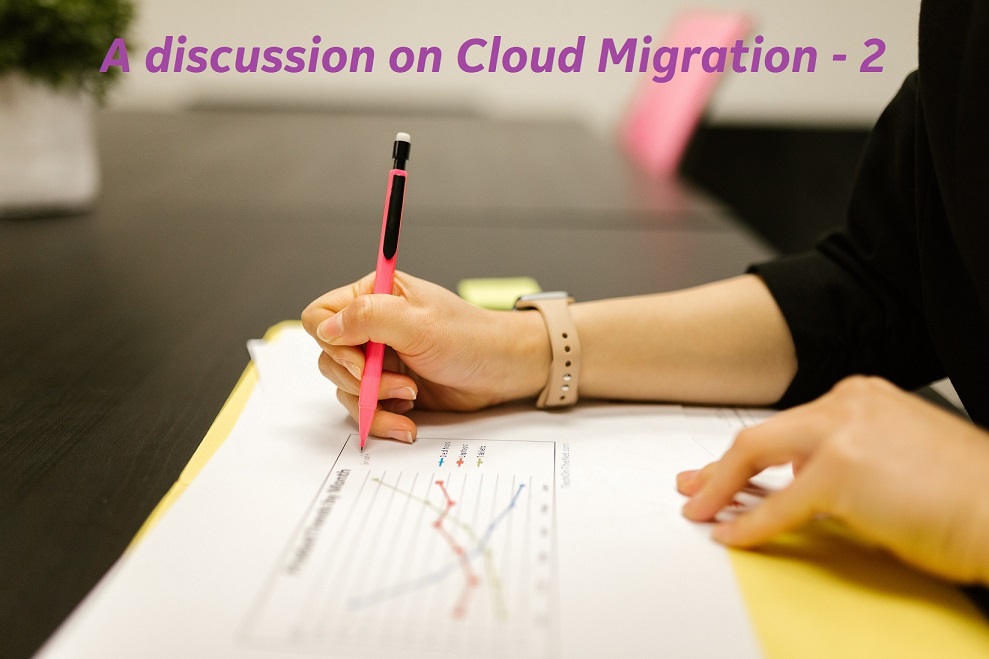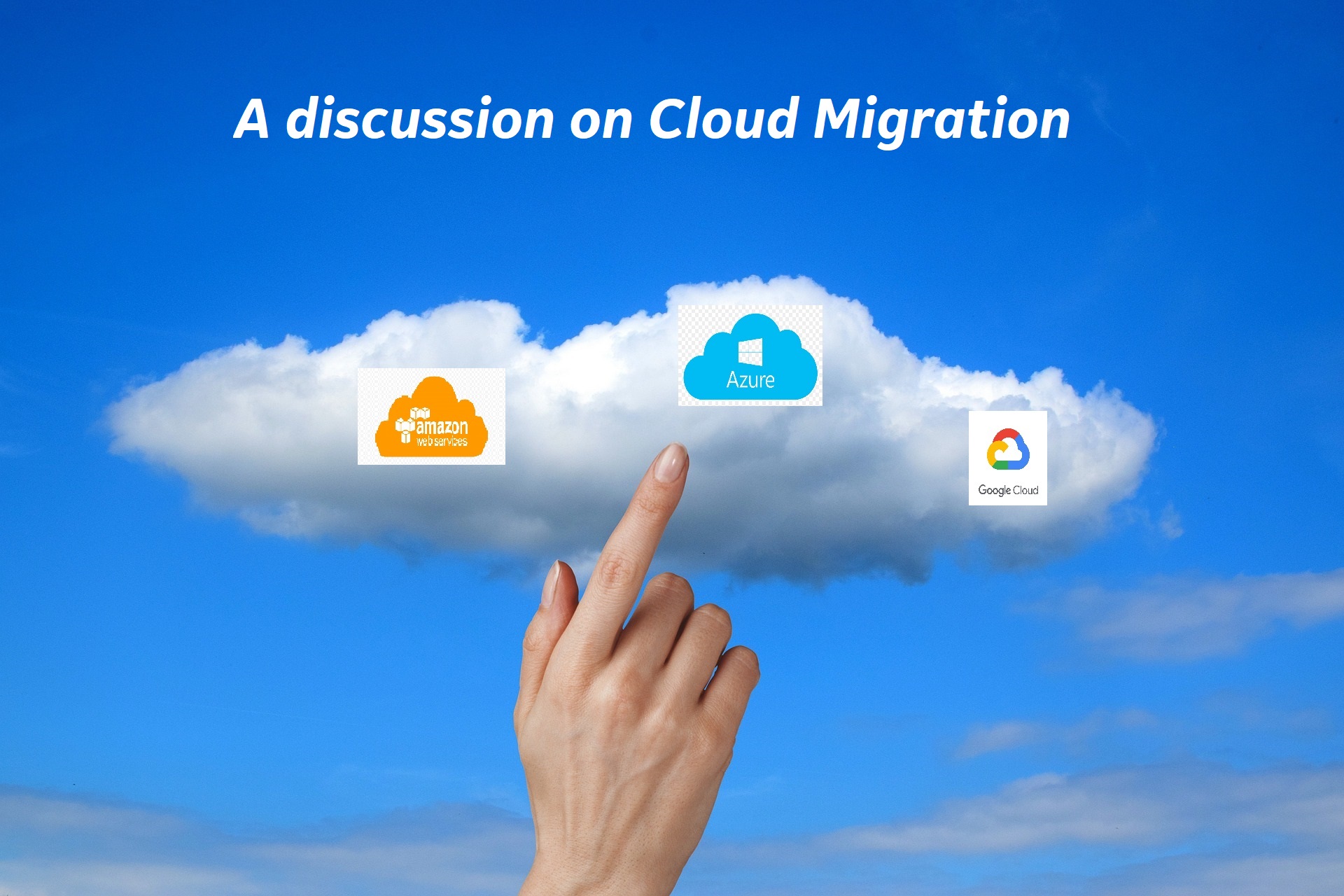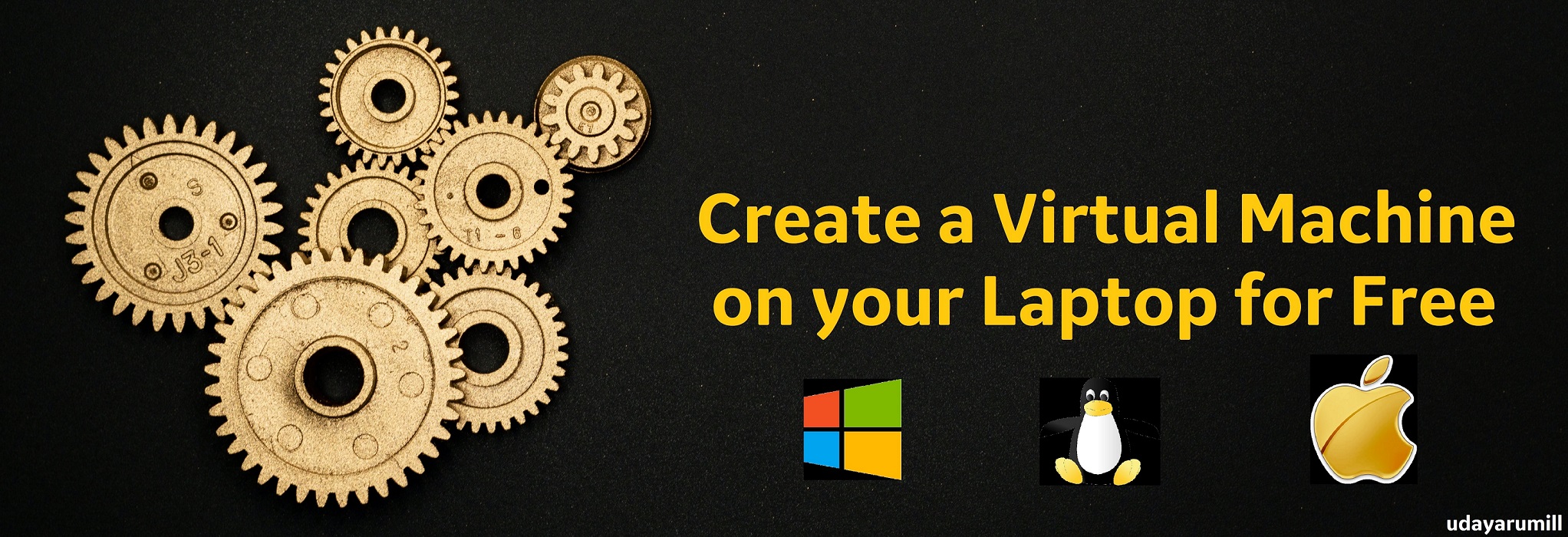◦ Software applications: web, desktop, mobile, message broker, web service, etc.
◦ Application dependencies: Custom libraries, parent and child apps, integrations, etc. Ex: Our web app is using a Currency conversion service; we built a custom library to convert an invoice query result to a PDF etc.
◦ Legacy applications: Unsupported / Older versions, mainframes, etc.
◦ Third-party solutions: Collibra, Meta-Center, HVR replication, Commvault, etc.
◦ Client Tools: Visual Studio, Eclipse, Oracle developer, SSMS, MySQL Workbench, etc.
◦ Source code repository: TFS, SVN, Git, Bitbucket, etc.
◦ Operating systems and capacity: Windows Linux, Mac, Memory, CPU, IO, Disks, etc.
◦ Licensing: Opensource, corporate agreements, renewal status, licensing mobility, etc.
◦ Hardware mapping: Servers, Racks, Cables, Switches, Storage, Routers, Power Equipment, Colling Systems, Network devices, routers, etc.
◦ Servers: Physical / Virtual, Application, Web, Database, Proxy, Mail, FTP, Print, DNS, etc.
◦ Network and Security: SSL, TLS, Encryption, firewalls, network security groups, web application and third-party firewalls, end user connectivity, internet gateways, etc.
◦ Authentication and authorization: Domain controllers, active directory, Active Directory, Federation Services, SSO integration, etc.
◦ Compliance requirements and solutions: Standard regulatory and industry-specific compliance Ex: GDPR, HIPAA, PCI DSS, SOX, CCPA, etc. Code scanners, auditing tools, and services.
◦ Operational models: Development, release & deployment, configuration, escalation, system maintenance, patching, virtualization, etc.
◦ Environments: DEV, QA, UAT, Pre-Prod, Prod, etc.
◦ Data Landscape:
· Data Architecture: Lambda, Kappa
· Sources: Web Apps, Mobile Apps, IoT, etc.
· Storage layers: databases, data warehouse, data lakes, delta lakes, file system/share, etc.
· Databases: RDBMS, NoSQL, Analytical, Caching, Big Data management systems, etc.
· Data Movement/Synchronization: Batch Processing
, streaming, pull/push, etc.
· HA-DR and Load Balancing: Agreements (RTO/RPO), tools, services, and native features used for HA, DR, and LB purposes. Ex: Oracle (RAC, Data Guard, Streams, Flashback, Fail-safe, etc.), SQL Server (Always-On, replication, log-shipping, Change Data Capture, etc.), third-party tools (HVR replication, Commvault backups, etc.), Linux/ Windows snapshots, etc.
· Data Integrations and Lineage: Managing and monitoring all data stores, access, classification, and data movement across the enterprise from a central location. It includes data lineage tools (Collibra, metacenter, etc.), data directories, and dictionaries.
· Data Ingestion, ETL, and ELT tools: Kafka, NiFi, Talend, SSIS, Informatica, etc.
· Reporting tools: SSRS, Power BI, Tableau, etc.
· Data Security: Data encryption features, data masking, access control, certificates, key stores/vaults, etc.
· Data Classification:
• Security
(Public, Internal, Confidential, Restricted)
• Usage (Hot, Warm, Cool)
• Domain (Government, Health, Financial, PII, etc.)
• Type of Data (Transactional, Operational, Analytical, Master, Historical, system logs, backups, etc.)
◦ Assessment reports: We need to run assessment tools and services to identify the cloud migration readiness of our workloads.
◦ Benchmarks: Performance baselines, common errors, and possible resolutions running assessment tools and finding the compatibility issues and migration blockers (Ex: Data Migration Assistant, Upgrade advisor, etc.), etc.
◦ Software and Hardware Maintenance: Maintenance and upgrade windows, predictive analysis tools, etc.
◦ Procedures and Policies: Configurations, decommission policies, security frameworks, etc.
◦ Application rankings: Rank applications and data stores based on their criticality, business dependency, complexity, revenue impact, data volume, etc.
◦ Business landscape: Operating regions, time zones, runtimes, shifts, critical applications, operational costs, vendors, accountabilities, point of contacts, approval matrix, escalation matrix, domain-specific hardware/software requirements, compliance certifications, etc.
◦ Documents: AS-IS architecture diagrams, Service Level Agreements, Functional Design Documents, Detailed Design Documents, Commercials, Network and security frameworks, Data Requirements, etc.
· Phase-1 – Output: Documented footprint/inventory of all resources, assets, and processes of the source environment. The discovery document describes the entire enterprise data and infrastructure landscape and migration readiness of the workloads.















